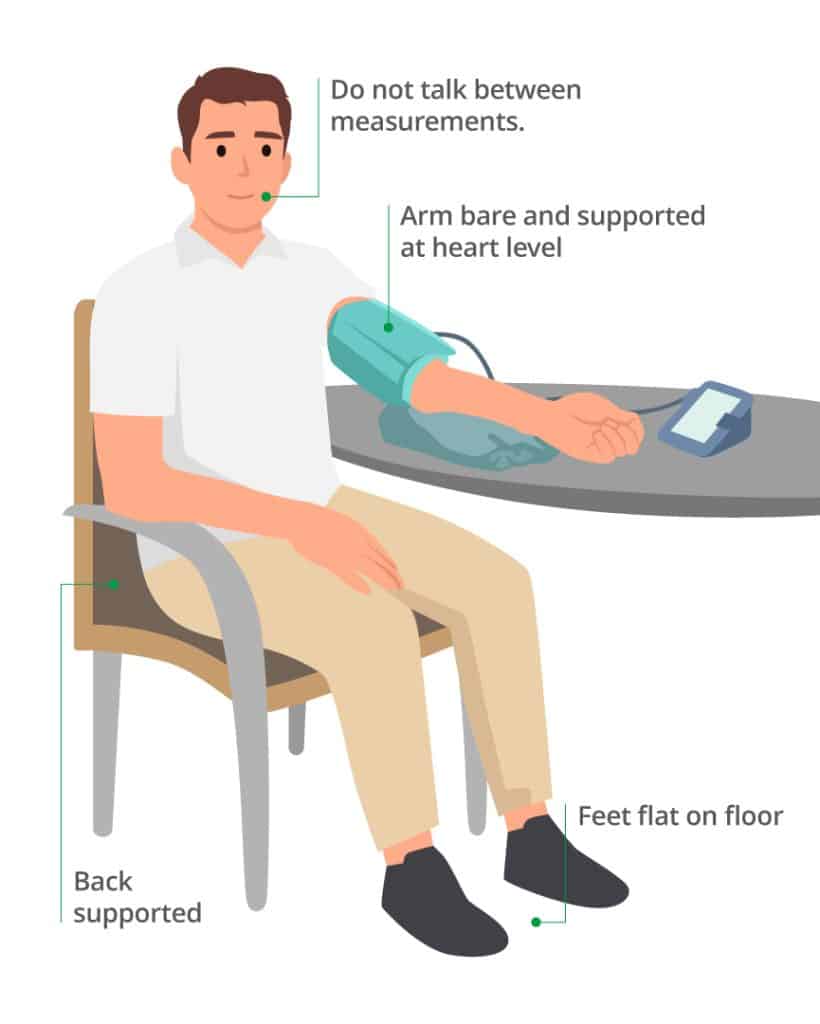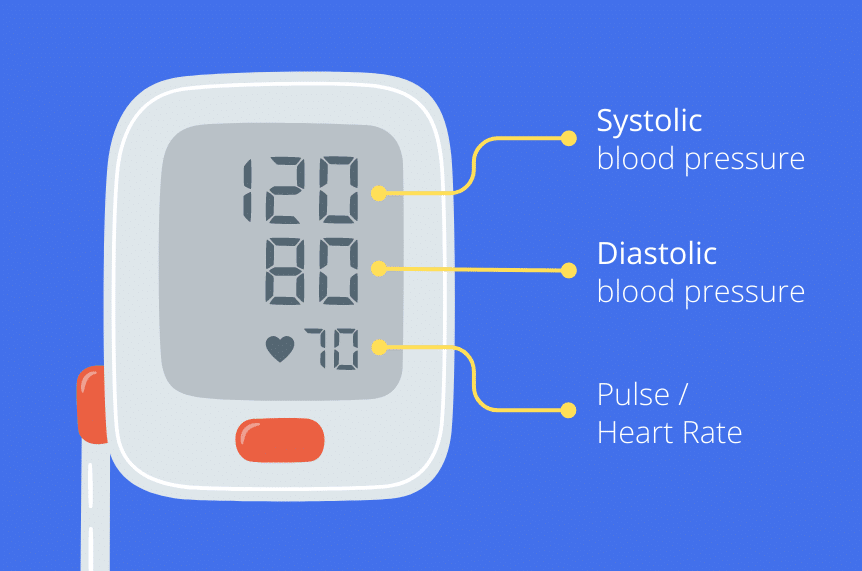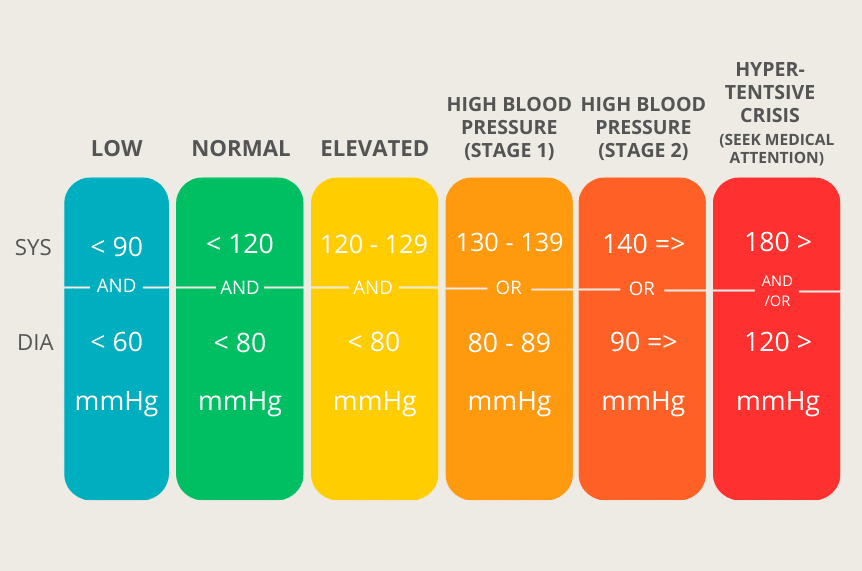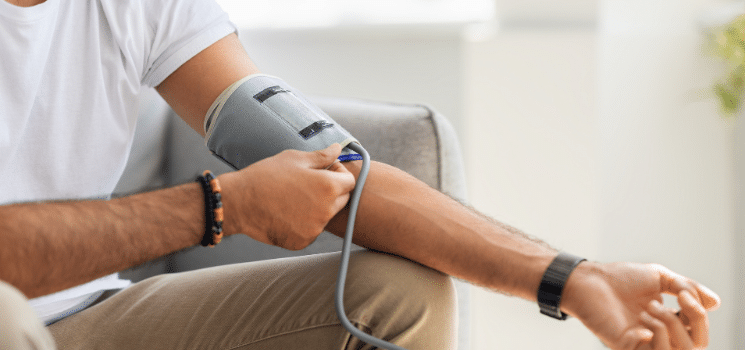Our blood pressure is one of the most fundamental vital signs which can provide a snapshot of possible underlying health problems. If left unchecked, high blood pressure, also known as hypertension, may lead to sudden life-threatening complications such as bleeding in the brain, heart or kidney failure.
If you’re looking to monitor your blood pressure from home or if your GP recommends regular monitoring, a portable blood pressure machine is a convenient solution. You can easily purchase one online or at your local pharmacy. Here’s a guide on how to read your blood pressure readings and understand what the numbers mean.
How to ensure an accurate reading
As your blood pressure can range throughout the day, it is recommended to measure your blood pressure at least two times a day:
1. First in the morning, before consuming any food or medication.
2. Take another reading in the evening.
During each session, take two or three readings to ensure consistency and reliability in each measurement.
For accurate measurements, sit on an upright chair with a back support. Ensure the cuff is placed over a bare arm, without any sleeves covering it. Your arms should be supported at the same level as your heart, with your feet flat on the floor. Relax, breathe normally and refrain from talking during the measurement.
Blood pressure is measured in millimetres of mercury (mmHg) and provided in 2 key readings:
- Systolic blood pressure
- Diastolic blood pressure
The highest number is always the systolic pressure and will be given first. Diastolic blood pressure will be the smaller number, and will be provided after the systolic blood pressure has been recorded. To provide an example, a reading of 100/70 mmHg means a systolic pressure is 100mmHg and diastolic pressure is 70mmHg.
Most digital blood pressure machines also provide a reading of your pulse or heart rate.

Do you have a healthy blood pressure?
Here’s a general guide to help you recognise the different ranges of your blood pressure readings, according to the American Heart Association (AHA).

It is crucial to consult with a doctor if you are dealing with hypertension, or are seeking a deeper understanding of your blood pressure readings after monitoring them at home. Book an appointment with us here.






